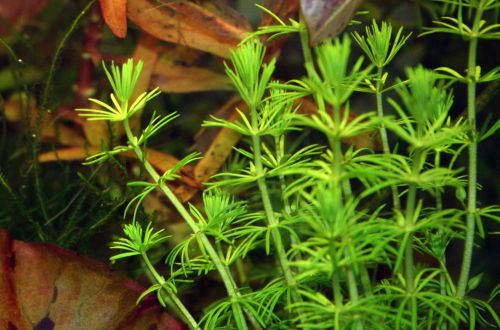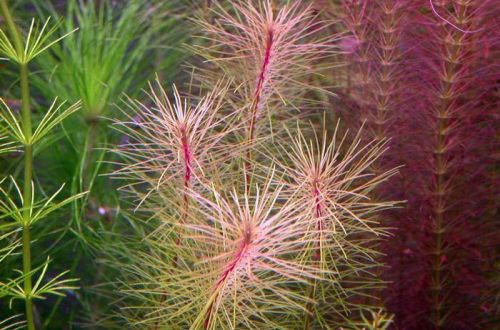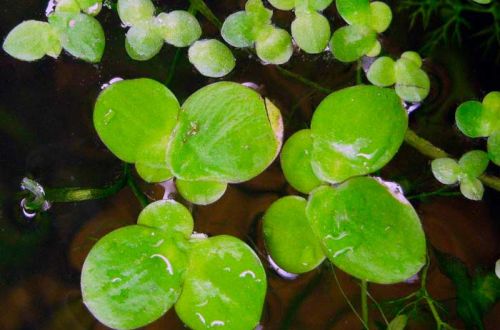
bottle fern
Bottle fern, scientific name Hymenasplenium obscurum. First used by aquarists in Asia since 2009. It was originally misidentified as Crepidomanes auriculatum, which is a separate species not used in aquariums.

The natural habitat extends from East Africa to Southeast Asia. It occurs on moist soils, on the surface of rocks, stones, snags in shady places along streams and other reservoirs in the depths of tropical forests.
It forms a bush of large dark green leaves, divided into separate fragments, up to 40 cm high. It reproduces by means of spores and the appearance of side shoots. A developed root system allows the fern to successfully fix both on the ground and on any rough surface.
Despite the fact that in nature bottle fern grows mainly in the surface position, it can be used in an aquarium. In this case, its height will rarely exceed 10–15 cm in height. Growing is simple, the fern needs to be provided with soft, slightly acidic and warm water; the degree of illumination does not matter. It is noted that when under water, it should not be planted to the ground, in order to avoid rotting of horses. A snag will be a good substrate, on which it is first fixed with fishing line, special glue for plants or in another way, until the roots begin to hold the fern on their own.





